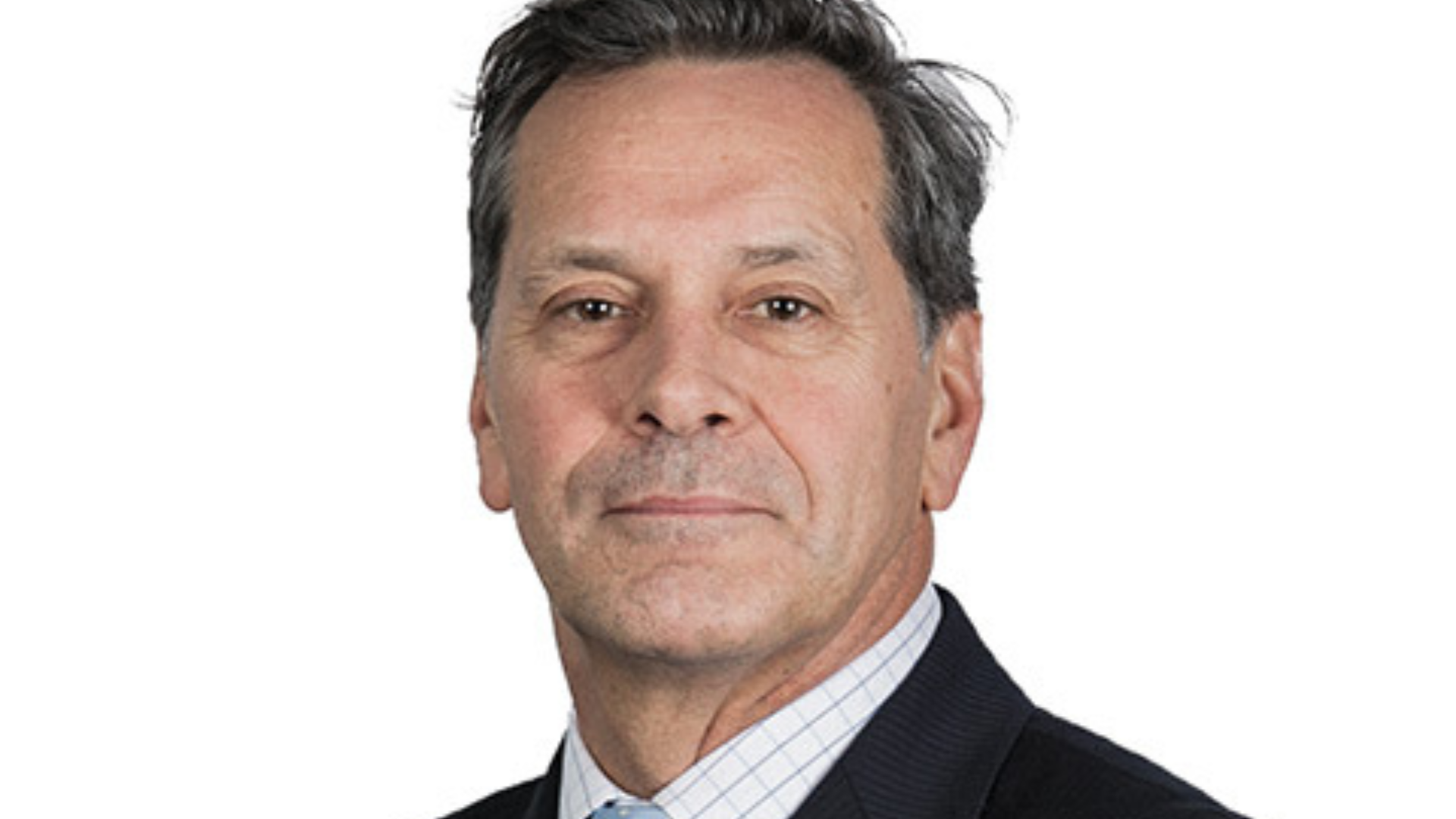The systemic risk in big super funds
(Pictured: Scott Donald)
With more than 200 big APRA-regulated super funds – both not-for-profit and commercial – diversity would appear to be another line of defence for the superannuation industry in the event of an unexpected shock. But new research has questioned the nature of that ‘diversity’ and the adequacy of regulatory engagement across the whole sector.
With shared administrators, asset consultants, custodians and insurers, the risk of a domino-effect crisis from an exogenous shock to the system is far greater than many people, including the regulators, probably believe.
Results of the research, undertaken over the past 18 months by Scott Donald and his associates, were presented at the annual conference of the Paul Woolley Centre for the Study of Capital Market Dysfunctionality at University of Technology, Sydney last week. Donald, a former senior consultant at Russell Investments, is the deputy director at the Centre for Law, Markets and Regulation at the University of NSW.
He said the big super funds all shared the same “conceptual frameworks”, thanks to the main associations – ASFA and AIST – and the handful of consultants who dominate the advice they are given. Funds were also slotted into “peer groups” for comparisons, thanks to ratings firms such as Chant West, SuperRatings and Morningstar. The valuations they used relied on common data from security price feeds, with possible problems now obvious thanks to the LIBOR-fixing scandal which was exposed at some big global banks last year. And their reporting relied on standardized principles, thanks to AASB (Australian Accounting Standards Board) and APRA.
“Moreover, these links each has a different aetiology or causation,” he said. “The regulatory scheme currently fails to engage adequately with this type of risk.”
There was a “massive concentration” of business among a few major service providers across the industry, with the main exception being fund managers, where the spread was greater among far more players.
“You’d be familiar with ‘small world notions’ or the ‘six degrees of separation’ theory,” he said. “Well, the same thing happens in superannuation. Most entities have only two or three degrees of separation.”
Licensing was “unwieldy”, he said. It was too blunt an instrument, which allowed “gaming” and distorted the “competition dynamic”.
And key parts of the system – notably the big administration companies – were not on the regulatory radar. They were not regulated within the same prudential framework as the rest of the system.
Some activities within the system, also, were “invisible”, such as sub-custody and some activities were “subsumed”, such as custody in general, being provided by large organisations which had multiple businesses.
“APRA hasn’t caught up with the fact that some entities play multiple roles across the system,” Donald said.










